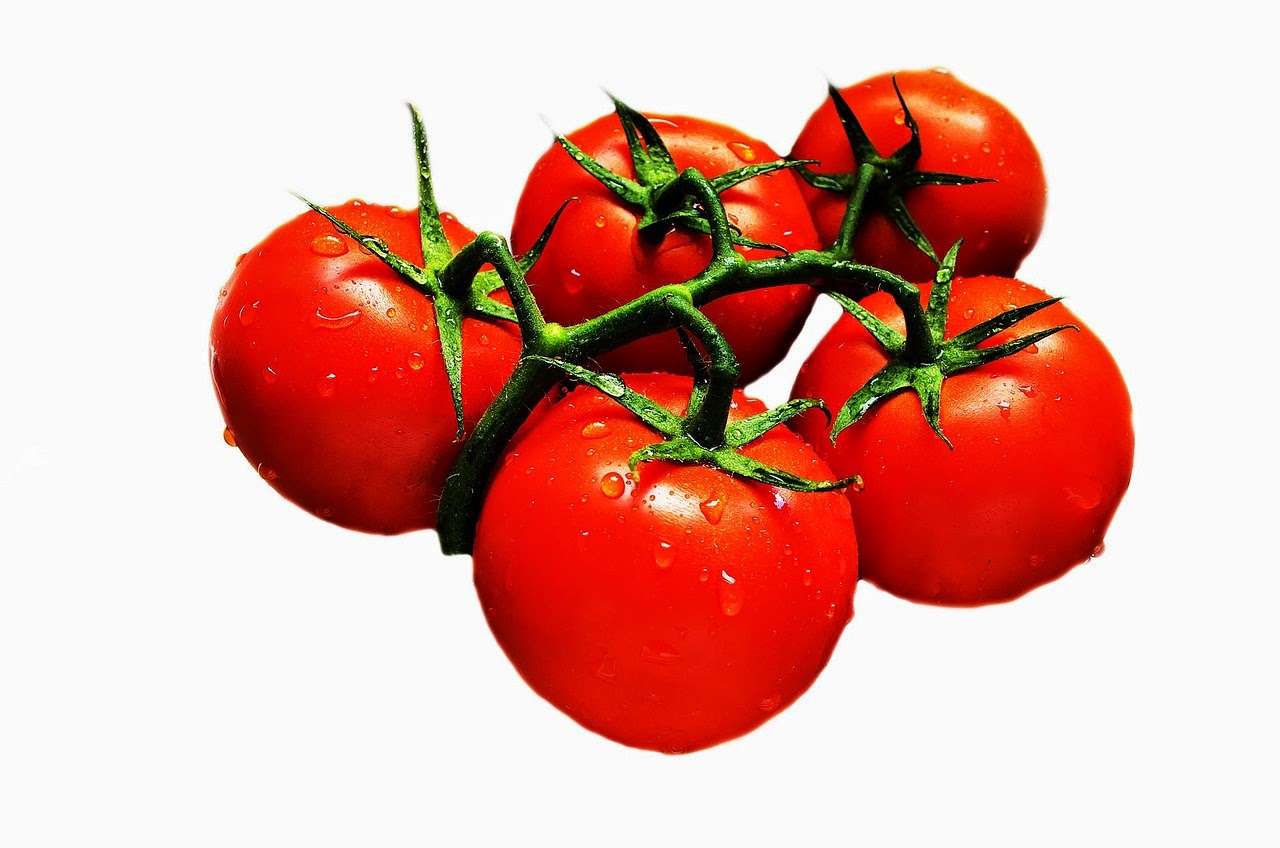The UN's international day observances are an important
means of raising social consciousness. No-one
questions the need to give over one day each year to commemorating health or
the struggles to end poverty, hunger, sickness, and violence. Who among us does
not identify with, or at least feel some solidarity towards, these causes?
Today,
26 April, is World Intellectual Property Day. The date
marks the entry into force of the Convention establishing the World
Intellectual Property Organization (WIPO Convention) 45 years ago.
A substantial segment of the population may, it is true, feel
estranged from this cause, to them the words "intellectual property"
are synonymous with sanctions, licenses, censorship, and other obstacles to the
so-called free culture of the digital age. Even when viewed not so critically,
"intellectual property" is still likely to bring to mind notions that
stand outside most people's everyday lives, like the law, regulations, the
courts, or packs of lawyers in suits and ties all on the side of "big
business". Perhaps world creativity day, world innovation day, or
world culture day would be a more fitting name. At least, it would "pack
more punch". Because, simply put, with no beating about the bush,
intellectual property is creativity, is innovation, is culture. It's in the
alarm clock that wakes us up to go to the office, in the music we listen to on
the way to work, in the video clip we watch on the screen on the platform, in
the play advertised at the bus stop, in all the programs, utilities, and
applications that help us in our daily work, in the coffee machine that rouses
us from our mid-morning daze, in the television show or the book we turn to
before going to sleep …. And behind it all are musicians, artists, programmers,
engineers, actors, writers, producers, and, yes, probably too droves of judges,
lawmakers, and lawyers in suits and tie doing their best to salvage what is
left of intellectual property, this at times unfairly criticized redoubt.
Visit our website: http://www.elzaburu.es/



